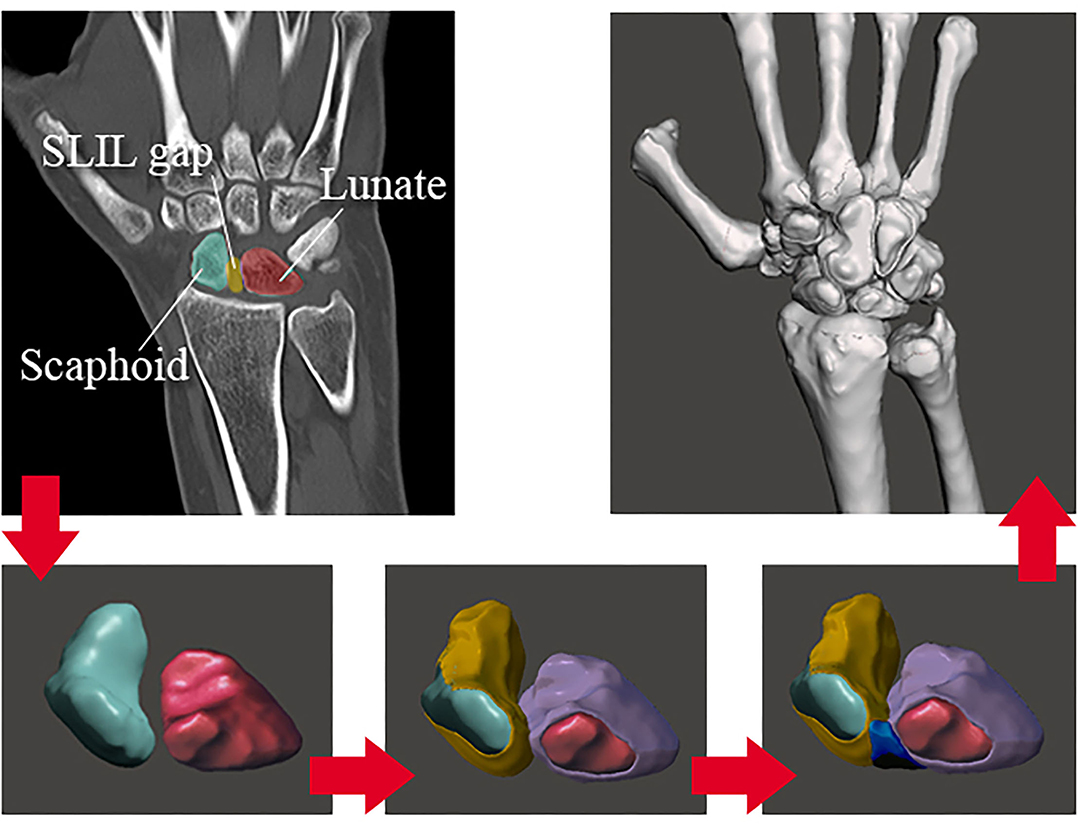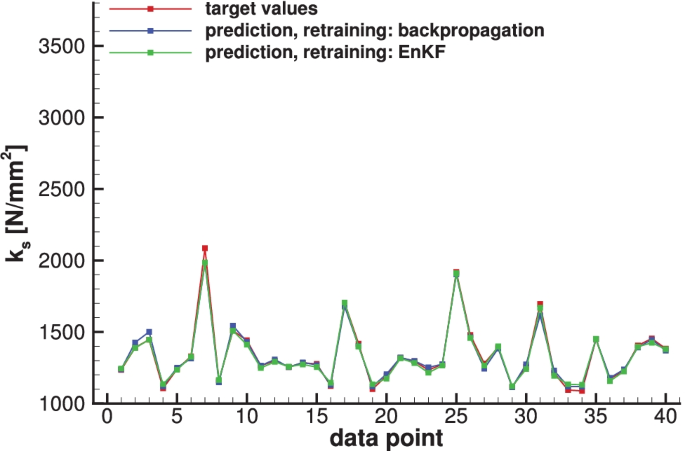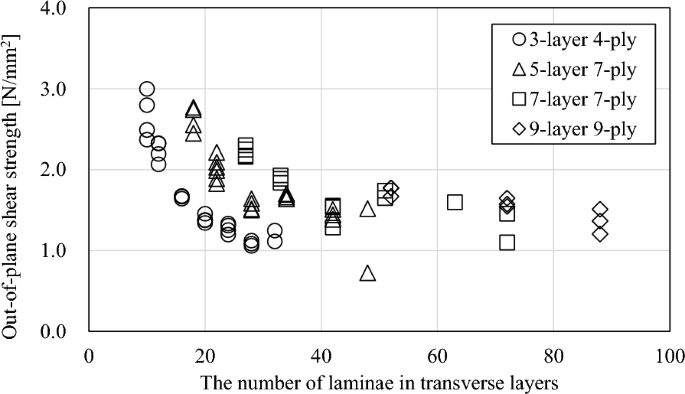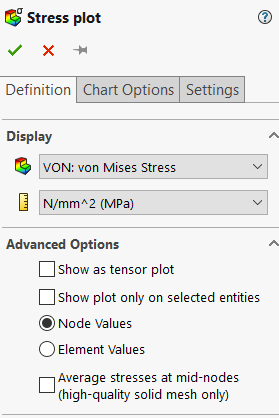Stability of different fixation methods after reduction malarplasty under average and maximum masticatory forces: a finite element analysis, BioMedical Engineering OnLine
Por um escritor misterioso
Descrição
Background Although titanium plates/screws are effective fixation methods (FM) after L-shaped osteotomy reduction malarplasty (LORM), the ideal FM remains controversial. This first finite element analysis (FEA) aimed to study the effect of various zygomatic body/zygomatic arch FM combinations and their placement vectors on the zygoma complex stability after virtual LORM under the effect of both average (150 N/mm2) and maximum (750 N/mm2) forces and three-dimensional (3D) mapping of stress and strain parameters distribution over the zygomatic bone, fixation methods, and total model. Results The fixation methods about the short-arm of the L-shaped osteotomy showed lower stress, strain, and displacement values than those across the long-arm osteotomy site. Combined with any zygomatic arch fixation methods (ZAFm), the two bicortical screws group (2LS) on the zygomatic body osteotomy site resulted in smaller displacements and the lowest zygoma bone stress and displacement when combined with Mortice–Tenon structure (MT) as zygomatic arch fixation method. Applied forces caused statistically significant differences in zygomatic bone stress (P < 0.001 and P = 0.001) and displacement (P = 0.001 and P = 0.002). Conclusion All FMs both on the zygomatic body and zygomatic arch provide adequate zygomatic complex stability after LORM. The 2LS group showed better resistance than rectangular plate (RP) and square plate (SP) with lower stress concentrations. The L-shaped plate with short-wing on the maxilla (LPwM) is more stable than having the short-wing on the zygoma bone (LPwZ). Future prospective clinical studies are required to validate the current findings.

PDF) Stability of different fixation methods after reduction malarplasty under average and maximum masticatory forces: a finite element analysis

PDF) Stability of different fixation methods after reduction malarplasty under average and maximum masticatory forces: a finite element analysis

PDF) Finite Element Simulation of Displacement of the Broken Zygoma and Forces Exerted to the Complex After Fixation with Resorbable and Non-Resorbable One-Point Mini-Plates and Applying Normal or Severe Occlusal Loads

Figure 1 from Reduction malarplasty using a zygomatic arch-lifting technique.

PDF) Comparison of Biomechanical Behavior Between Commercial and Patient-Specific TI6AL4V Titanium Plates of the Same Design Following Le Fort I Osteotomy: A 3D- Finite Element Analysis

Frontiers Biomechanical Finite Element Method Model of the Proximal Carpal Row and Experimental Validation

Parameter optimization in a finite element mandibular fracture fixation model using the design of experiments approach - ScienceDirect

PDF) Stability of different fixation methods after reduction malarplasty under average and maximum masticatory forces: a finite element analysis

PDF) Biomechanical Analysis of the Rigid Fixation of Zygoma Fractures: An Experimental Study

From Hardt and Kuttenberger, 2010, Chapter 1, Anatomy of the

PDF) Stability of different fixation methods after reduction malarplasty under average and maximum masticatory forces: a finite element analysis

PDF) Stability of different fixation methods after reduction malarplasty under average and maximum masticatory forces: a finite element analysis

Equivalent von Mises stress distribution in the human facial skeleton
de
por adulto (o preço varia de acordo com o tamanho do grupo)







